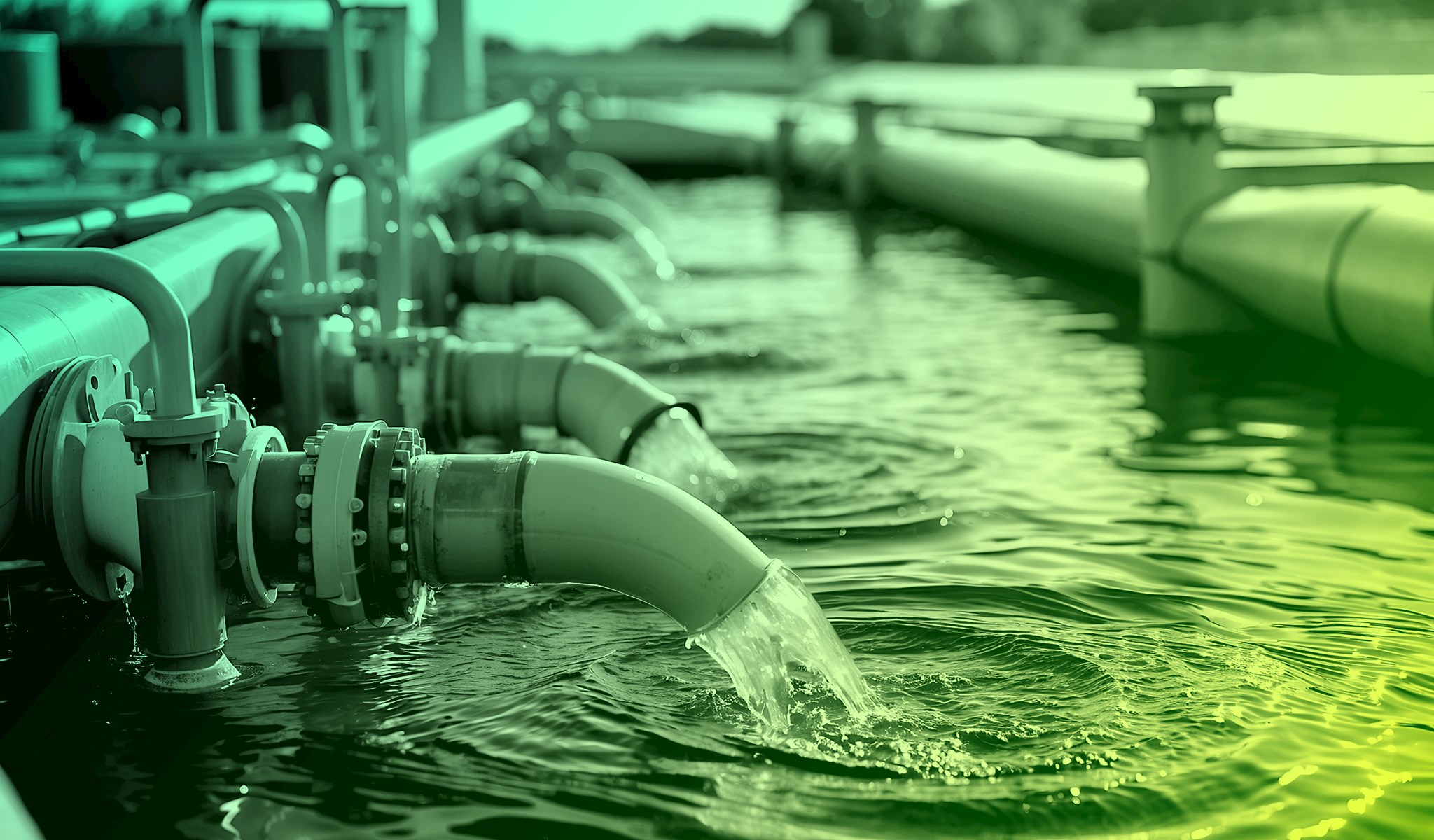The agricultural irrigation sector is continuously evolving, driven by the dual pressures of increasing water scarcity and rising global food demand. These challenges necessitate the development and adoption of innovative technologies designed to enhance water use efficiency, improve crop yields, and mitigate environmental and economic risks. While traditional irrigation methods, such as flood irrigation, operate at efficiency levels between 35% and 50%, modern precision systems can achieve efficiency rates exceeding 90%, representing a substantial advancement in resource management.
Precision irrigation technologies are at the forefront of this evolution, fundamentally altering water application in agriculture. Key technologies include mechanized systems, Low Energy Precision Application (LEPA), and microirrigation. These systems provide a structured approach to delivering water and other inputs, optimizing use and minimizing waste.
Mechanized irrigation, which accounts for approximately 70% of the market, is a prime example of this progress. These systems, often using pivot technology, deliver water directly near the plant roots, which minimizes losses from evaporation and runoff. Their operational efficiency often surpasses 90%. Furthermore, these systems facilitate the targeted application of inputs like pesticides and herbicides, which reduces the overall chemical load on the environment.
For even greater gains, specialized systems offer targeted benefits. Low Energy Precision Application (LEPA) systems, for instance, demonstrate efficiency rates between 80% and 85%. By delivering water at low pressure closer to the ground, they help preserve long-term soil health by minimizing nutrient runoff and reducing fertilizer requirements.
Microirrigation, particularly drip systems, advances this efficiency further, achieving rates between 90% and 95%. This method delivers water directly to the root zone of each plant, a process that virtually eliminates evaporation risk. It also reduces soil erosion and nutrient leaching. An additional benefit is a lower risk of plant disease, as the foliage remains dry. The low-pressure operation of these systems also contributes to significant energy conservation.
The future of irrigation involves the deeper integration of complementary technologies. Tools such as GPS, remote monitoring devices, and soil moisture sensors are becoming essential for real-time optimization. These instruments allow farmers to make data-driven decisions, fine-tuning water application based on specific crop needs and field conditions for superior resource management. This trend is visible as farmers progressively modernize their operations, transitioning from older high-pressure setups to more efficient and sustainable low-pressure alternatives.
The evolution of precision irrigation also creates a compelling investment case. As water scarcity intensifies and regulatory pressures mount, the demand for efficient water management solutions grows. Companies with established market positions and innovative technologies are positioned to benefit from economies of scale.
For farmers, the return on investment is clear. Adopting these advanced systems can reduce water consumption by 50% or more while concurrently doubling crop yields. This dual benefit of lower input costs and higher output solidifies the financial viability of modernizing irrigation practices. As the agricultural sector continues to adapt, precision irrigation stands out as a cornerstone of sustainable and productive farming, offering significant environmental and economic advantages.
For more information on related investment opportunities and insights, please see our equity research report, Tapping Into the World of Water: Technologies and Solutions for a Thirsty World, or visit our Equity Research Rewind landing page for other topics.



